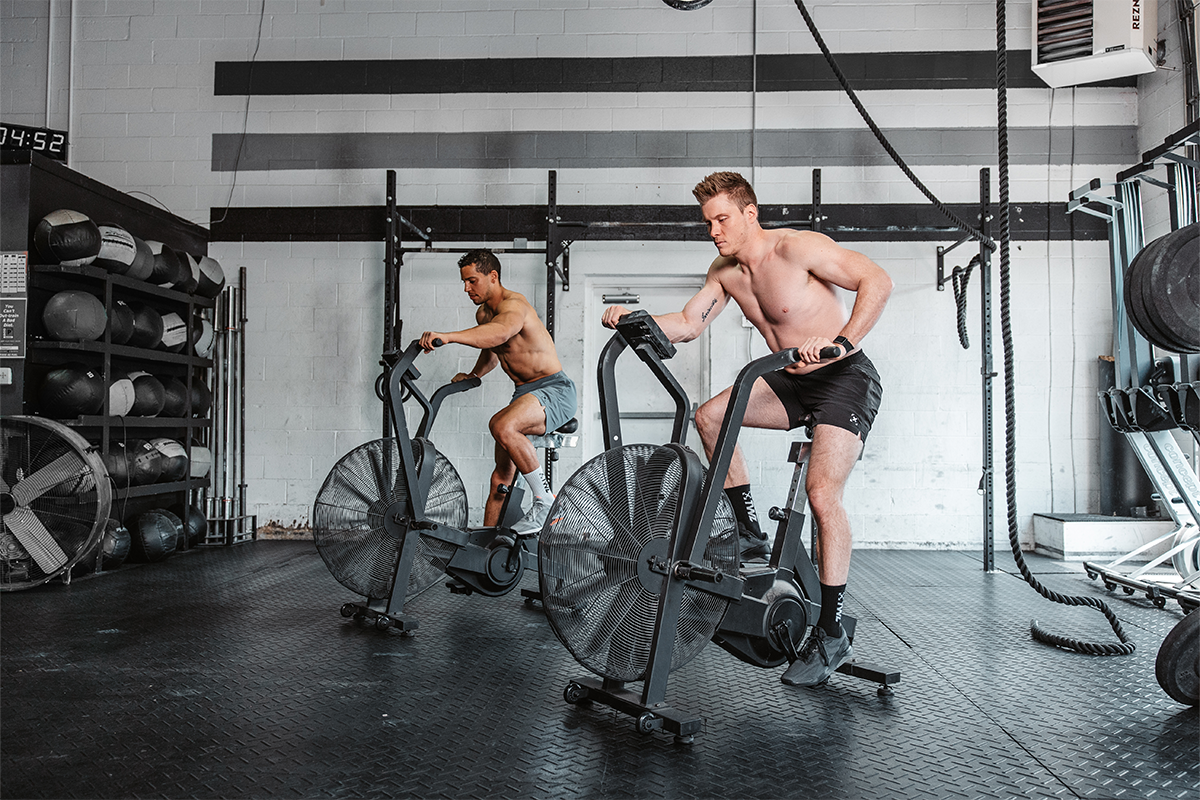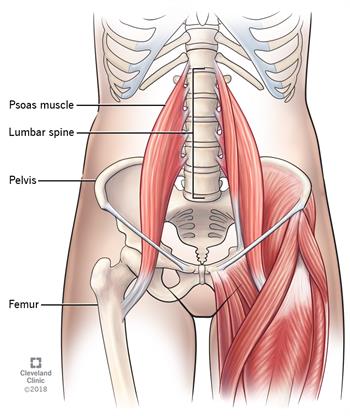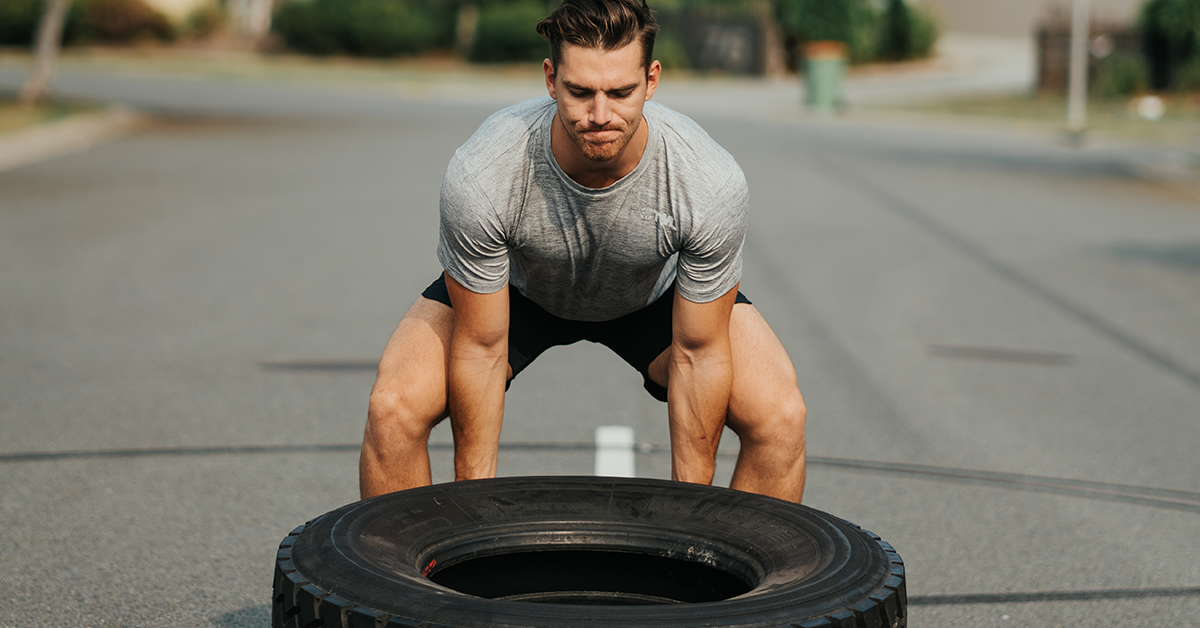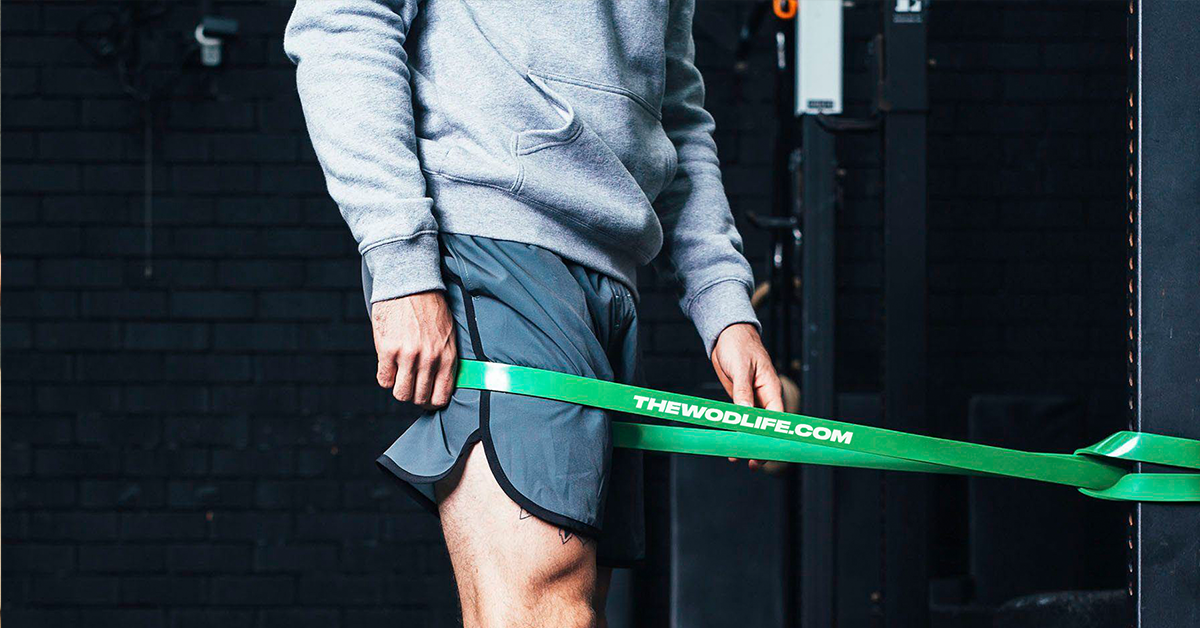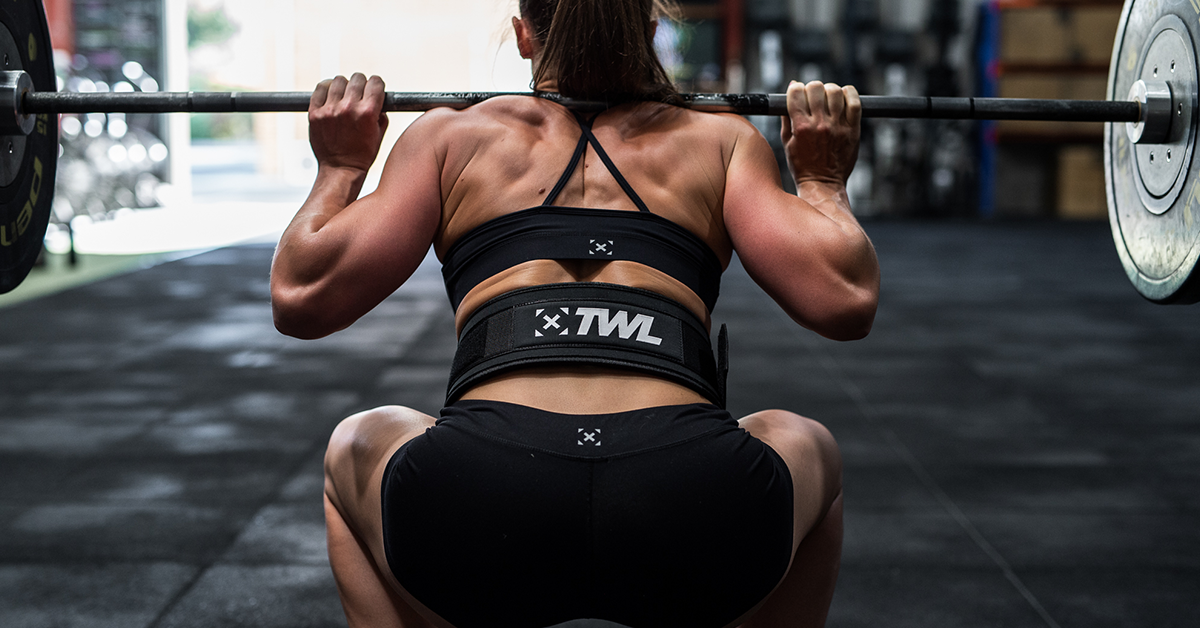There are certain muscles and muscle groups in the body that we simply don’t pay enough attention to. The hip flexors are one, and part of your hip flexors is your psoas. If you neglect your psoas, it can lead to pain and tightness, which can then lead to injury. What is the psoas muscle, exactly, and what does it do? Furthermore, what are some psoas stretches you can try if you’re experiencing tightness or pain in the area?
Keep scrolling!
What is the Psoas Muscle?
Your hip flexors help to balance your posterior pelvic muscles, which then helps keep your spine in a healthy alignment. This group of muscles is made up of the:
- Iliacus.
- Psoas major.
- Rectus femoris.
- Sartorius.
The psoas muscle is a long, thick muscle that starts at the lower back and extends through the pelvis and thigh. It’s responsible for a number of important functions, including stabilizing the spine, aiding in hip and thigh movement, and helping to control the movement of the legs. It’s one of the three significant muscles that connect your spine to your legs, along with the gluteus maximus and the piriformis.
Where exactly does the psoas muscle sit? It’s attached to the vertebrae of your lumbar spine, toward the bottom. From there, it crosses the outside of each pubis (which is near your pelvis). Then, it joins with the iliacus muscle in your groin area. And finally, it attaches to the femur. Combined, the iliacus and psoas muscles form the iliopsoas.
If all of this sounds confusing (which we totally get!), check out this picture from the Cleveland Clinic.
Why is the Psoas Muscle So Important?
The psoas muscle helps to create the curve in your lower spine. And this curve is necessary in order to be able to sit, stand, and walk properly. This muscle plays a particularly important role in walking. During this movement, your brain tells your psoas muscle to flex the hip and bring your back leg forward, and this is how you’re able to alternate steps. Without the psoas muscle, you wouldn’t be able to do something as simple as walking!
What Causes Tightness in the Psoas Muscle?
The psoas muscle gets tight for two main reasons. The first is overuse. Repetitive movements — running, walking, cycling, squatting, even sit-ups — can lead to more wear and tear than the psoas is prepared to handle. Excessive sitting is the second main culprit. When you sit, your muscles are in a shortened state. And if you sit too much, all of your muscles get used to this position. The result can be tightness, weakness, and immobility.
When this happens, the psoas muscle ends up pulling on the lower back and pelvis, which puts additional pressure on your spinal discs. And this can lead to lower back pain and discomfort. If you try to train under these circumstances, it’s a recipe for disaster. This is why psoas stretches are so important.
3 Psoas Stretches to Alleviate Tightness
Now that you know what the psoas is, what it does, and what can cause tightness/weakness in the area, let’s talk about how you can keep this muscle healthy. Here are a few psoas stretches you can do just about anywhere.
Note: Notice that this is active stretching, not passive stretching. This is going to be the best way to both loosen up the psoas and strengthen it.
1. Glute Bridge
We often do glute bridges to build a bigger bum, but did you know that this exercise is also excellent as a psoas stretch? Here’s how you do it.
- Lay down flat on your back.
- Bend your legs so that your feet are flat on the ground.
- Squeeze your glutes and lift your hips up toward the ceiling. Your body should form a straight line from your hips to your shoulders.
- Hold this position for about a minute, rest, and repeat.
Focus on engaging your hamstrings, glutes, and core. As this starts to become easier, you can either hold it for longer or place a dumbbell across your hips for added weight.
2. Knees-to-Chest Press
Sometimes, engaging a muscle is the best way to subsequently relax it. In fact, some common exercises for stress and anxiety have the individual tense every muscle in their body and then relax. This helps us understand what “relaxed” really feels like.
That’s what we’re going to do with this psoas stretch!
- Lay down flat on your back.
- Bring both legs up into a tabletop position. Your shins should be parallel to the floor, with your hips and knees bent at 90-degree angles.
- Place your hands on your thighs (“in your lap”) and gently push down on them. At the same time, resist by pushing your knees toward your chest. In other words, your hands and legs are pushing against each other.
- Hold this for 30 seconds before resting, and repeat.
During your rest period, extend your legs and relax your body.
3. Lunge Stretch
Lunges are a great way to release the hips and strengthen the muscles of the hip flexors. Here’s what this looks like:
- Kneel on both knees, so that they form a 90-degree angle.
- Bring your right foot forward so that it’s flat on the ground. Your right hip and knee should be at 90-degree angles.
- Inch the front foot out slightly.
- Gently lean forward at the pelvis. You should feel a stretch at the front of the left (back) hip and quad.
- For an even bigger challenge, push the top of the left (back) foot into the ground. This engages the muscles further.
When you’re pushing your pelvis forward, remember that this should be a slight stretch. Too much of a good thing can be a bad thing, and forcing your hips forward excessively will do more harm than good.
Remember that your psoas started acting up after weeks, months, or even years of neglect. So, be patient with yourself and your body. Loosening this muscle might not happen overnight, but that’s normal! Stay consistent with these stretches and over time, your weakness, pain, and discomfort should go away.

